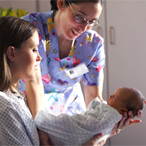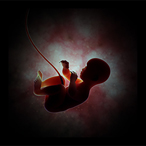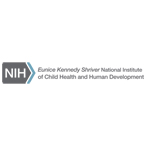Researchers identify molecule needed for sperm activation
Researchers funded by the National Institutes of Health have discovered the cellular switch that boosts the activity of sperm cells so that they can travel to the egg. The finding may lead to new options for male contraception as well as treatments for infertility resulting from problems with sperm mobility.



















 BACK TO TOP
BACK TO TOP